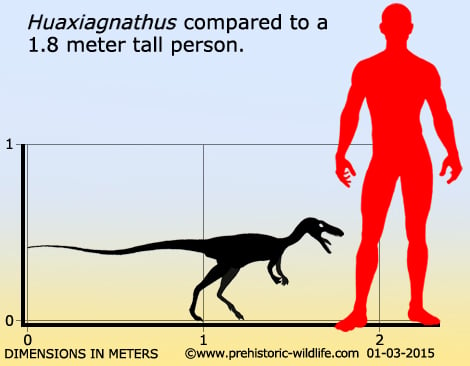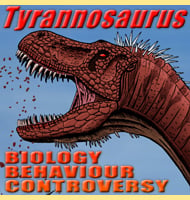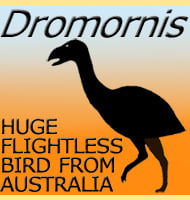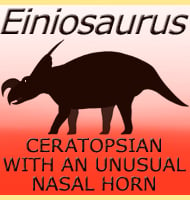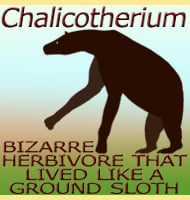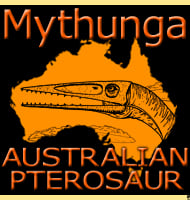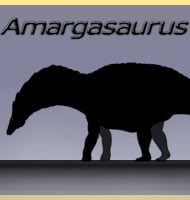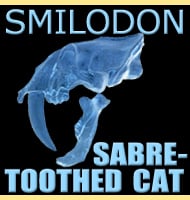In Depth
Huaxiagnathus is one of the larger members of the compsognathid group of dinosaurs, although it is smaller than the related Sinocalliopteryx which is also from the Yixian Formation. The fore limbs of Huaxiagnathus are proportionately larger and more developed than other related dinosaurs suggesting that they had a greater role in prey capture and feeding. Huaxiagnathus probably hunted small reptiles and mammals such as Zhangheotherium which were also part of the diet of smaller compsognathids like Sinosauropteryx. However the larger size of Huaxiagnathus means that it may have also incorporated small dinosaurs into its diet like the aforementioned Sinocalliopteryx.
Further Reading
– A large compsognathid from the Early Cretaceous Yixian Formation of China. – Journal of Systematic Palaeontology 2(1):13-30. – S. Hwang, M. A. Norell, Q. Ji & K. Gao – 2004.
